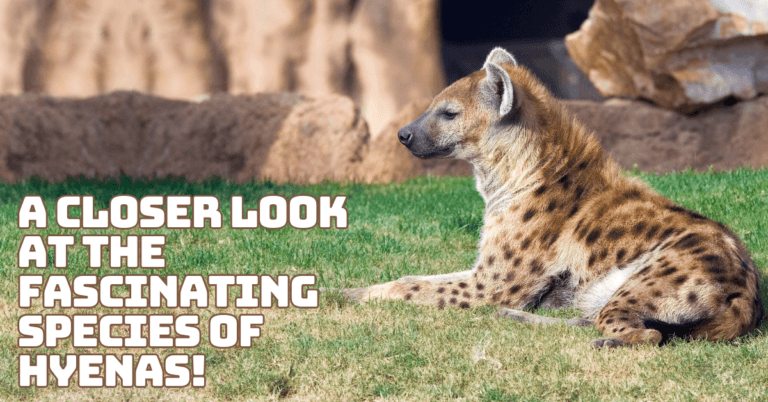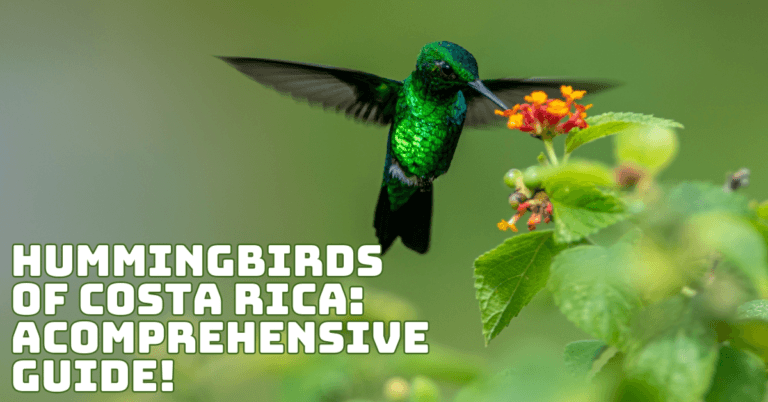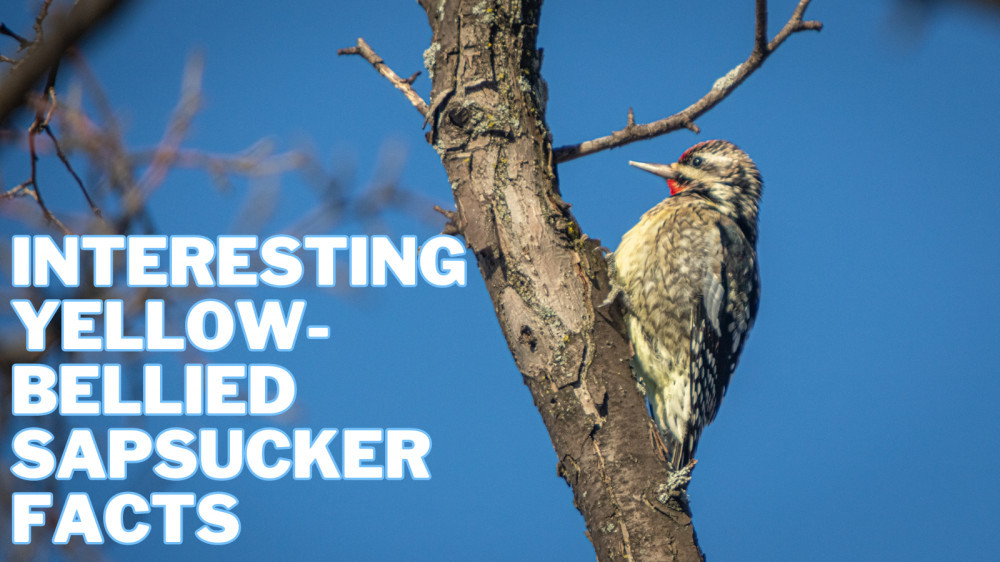Fun Facts About Blue Herons
Fun Facts About Blue Herons
Have you ever wondered if blue herons have a secret nightlife as comedians?
While these majestic birds may not crack jokes, their lives are full of fascinating quirks! Blue herons are known for their impressive hunting skills, standing still as statues before striking with lightning speed.
With wingspans that can reach up to six feet, these avian acrobats glide effortlessly over water. Did you know they nest in high treetops and can live up to 15 years?
Dive into more fun facts about blue herons and discover what makes these elegant creatures so captivating!
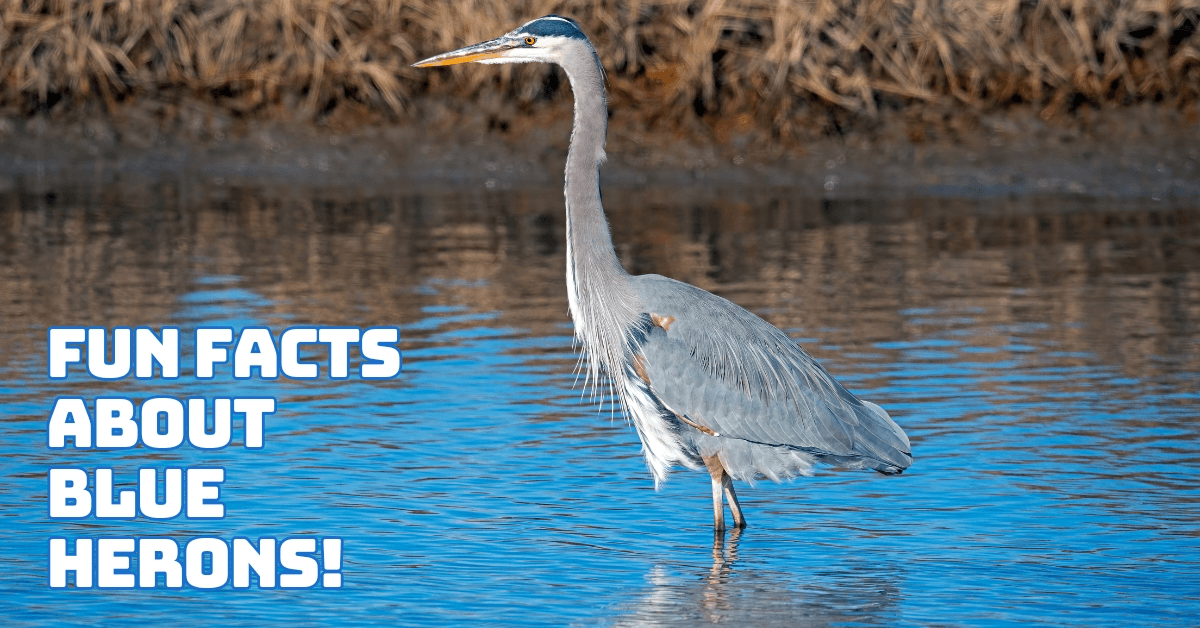
Where Blue Herons Live
Blue herons, specifically the Great Blue Heron, are widely distributed across North and Central America.
These adaptable birds grow in various wetland habitats, including freshwater and saltwater marshes, rivers, lakes, and coastal shorelines.
They are particularly fond of shallow waters, where their long legs allow them to wade and hunt for fish, amphibians, and small mammals.
During the breeding season, blue herons often choose secluded areas with ample feeding grounds nearby, ensuring a steady food supply for their young.
Their nests are made of sticks and lined with softer materials, typically built high in trees or on platforms in isolated wetlands.
Blue herons are found in North and Central America, the Caribbean, and even the Galápagos Islands.
These migratory birds travel great distances, especially those living in northern regions. During winter, they move southward to warmer climates.
The adaptability of blue herons to different environments is remarkable; they can thrive in urban areas with suitable water bodies and in remote, pristine wilderness.
This versatility in habitat selection underscores their resilience and highlights the importance of wetland conservation to support their diverse living spaces.
What Blue Herons Eat
Blue herons have a diverse diet of fish, which they skillfully hunt in shallow waters. With their sharp beaks and patient hunting techniques, they stand still and strike quickly to catch their prey, one of the fun facts about blue herons.
Their diet includes various fish species, from small minnows to larger catches like bass and perch. The heron’s exceptional vision allows it to spot fish above and below the water's surface, making it an efficient and formidable predator in aquatic environments.
Blue herons consume fish and amphibians, such as frogs and salamanders. These prey are particularly abundant in the wetland habitats where herons thrive.
Amphibians are easier to catch during their breeding seasons when they are more active and abundant in shallow waters.
This seasonal abundance provides a rich and varied diet for blue herons, ensuring they receive the nutrients necessary to maintain their health and energy, especially during the breeding season.
Blue herons are opportunistic feeders and will also eat small mammals like voles, mice, and shrews when the opportunity arises.
They hunt these terrestrial animals by stalking them through fields and marshes, using their long legs and sharp beaks to capture and consume them.
This adaptability in their diet allows blue herons to thrive in various environments. They can switch to different food sources when their preferred aquatic prey is scarce.
Insects and crustaceans are another important part of the blue heron's diet. They will catch large insects, such as grasshoppers and dragonflies, and hunt for crabs, crayfish, and other crustaceans in coastal and freshwater habitats.
These additional food sources provide essential proteins and nutrients, particularly for young herons learning to hunt.
By incorporating a wide range of prey into their diet, blue herons ensure they can survive and thrive across diverse habitats and changing seasonal conditions.
What Is The Behaviour Of Blue Herons
Blue herons are fascinating birds known for their elegance and distinctive behaviours. The fun facts about blue herons include understanding their various behaviours and insight into how they thrive in diverse environments and maintain their populations.
Here are ten detailed points about the behaviour of blue herons:
1. Solitary Hunters
Blue herons are predominantly solitary hunters, which helps them minimize competition for food. They can often be seen standing motionless or slowly wading in shallow waters, using their sharp vision to spot fish and other prey.
This patience and stealth allow them to strike quickly and efficiently, ensuring a successful catch without alerting potential competitors or predators.
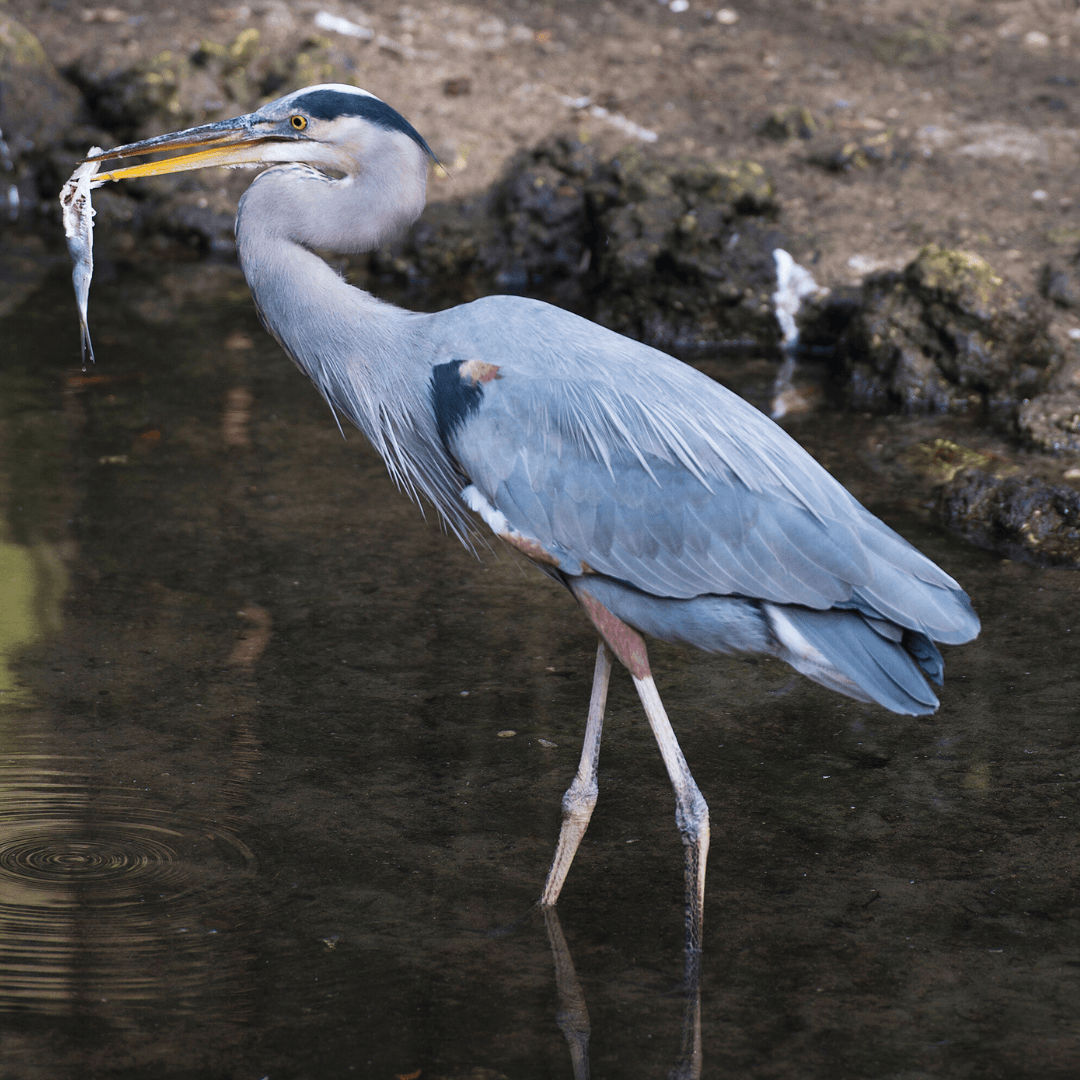
2. Territorial Nature
During the breeding season, blue herons become fiercely territorial. Males establish and defend their nesting areas against other males, engaging in aggressive behaviours such as bill snapping, loud calls, and chasing intruders.
This territoriality ensures they secure the best nesting sites and resources for raising their young, increasing the chances of reproductive success.
3. Nesting In Colonies
Blue herons often nest in large colonies known as rookeries despite their solitary hunting habits. These colonies can contain dozens to hundreds of nests, typically built high in trees or on cliffs.
Nesting in colonies offers protection through numbers, as predators are less likely to attack a large group. This communal nesting behaviour helps increase the survival rate of their offspring.
4. Migration Patterns
Blue herons exhibit migratory behaviour, especially those living in northern climates. They migrate to warmer southern regions to escape the harsh winter conditions and frozen waters.
These migrations can cover vast distances, showcasing their endurance and adaptability. Some herons may travel as far as the Caribbean or Central America, ensuring they find suitable habitats and food sources year-round.
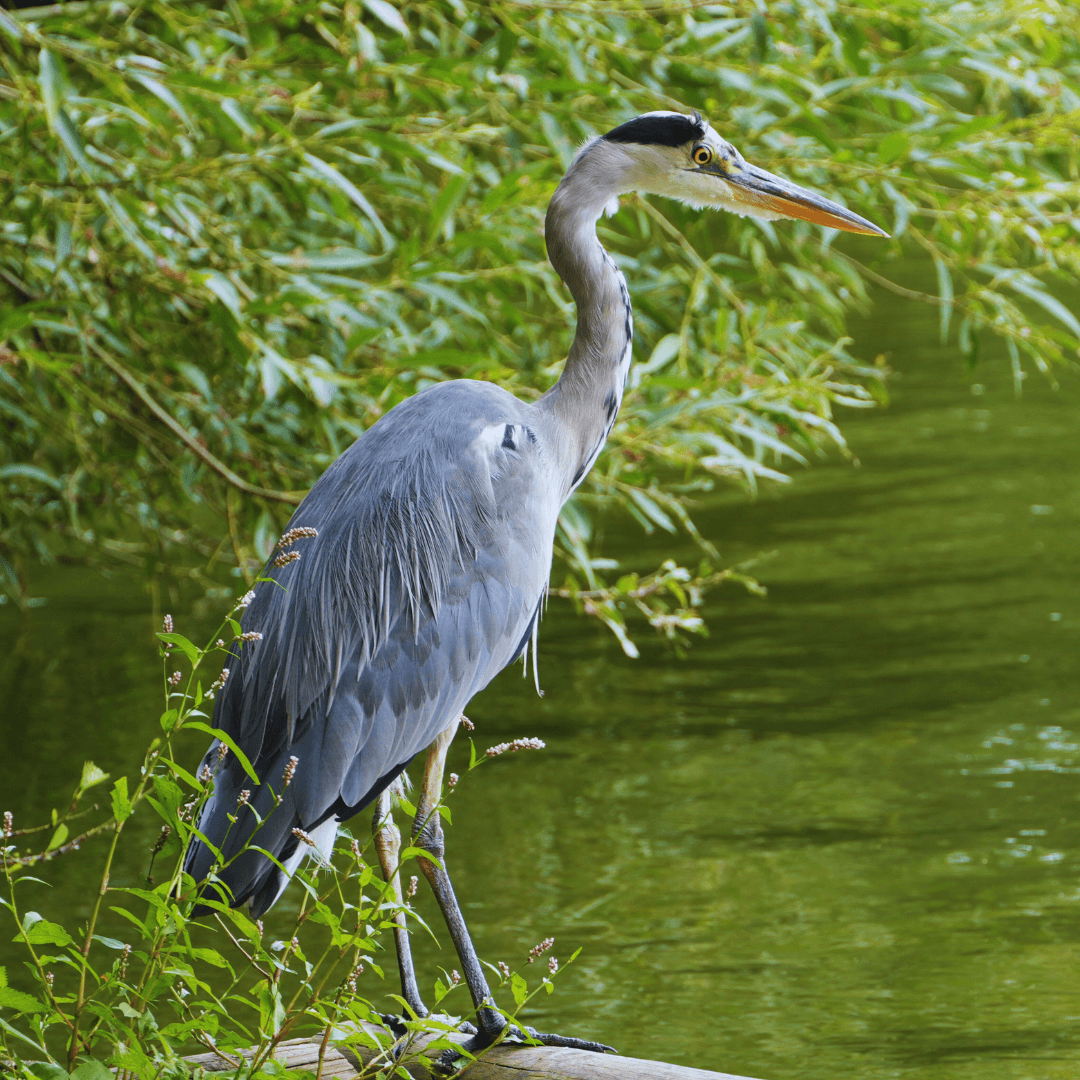
5. Courtship Displays
Blue herons engage in elaborate courtship displays during the breeding season to attract mates. Males perform a range of behaviours, such as stretching their necks, puffing up their feathers, and presenting nesting materials to females.
These displays demonstrate their fitness and suitability as partners, helping to form strong pair bonds and secure successful mating.
6. Dietary Flexibility
Blue herons are opportunistic feeders with a varied diet that includes fish, amphibians, small mammals, insects, and crustaceans.
This dietary flexibility allows them to exploit different food sources depending on availability. By adapting their diet to seasonal changes and local prey populations, blue herons can survive in various environments, from coastal areas to inland wetlands.
7. Parental Care
Both male and female blue herons share the responsibility of raising their young. They incubate the eggs by turns and feed the chicks, ensuring the offspring receive constant care and protection.
This cooperative parenting is vital for the survival of the chicks, as it provides them with the necessary nourishment and safety from predators until they are old enough to fend for themselves.
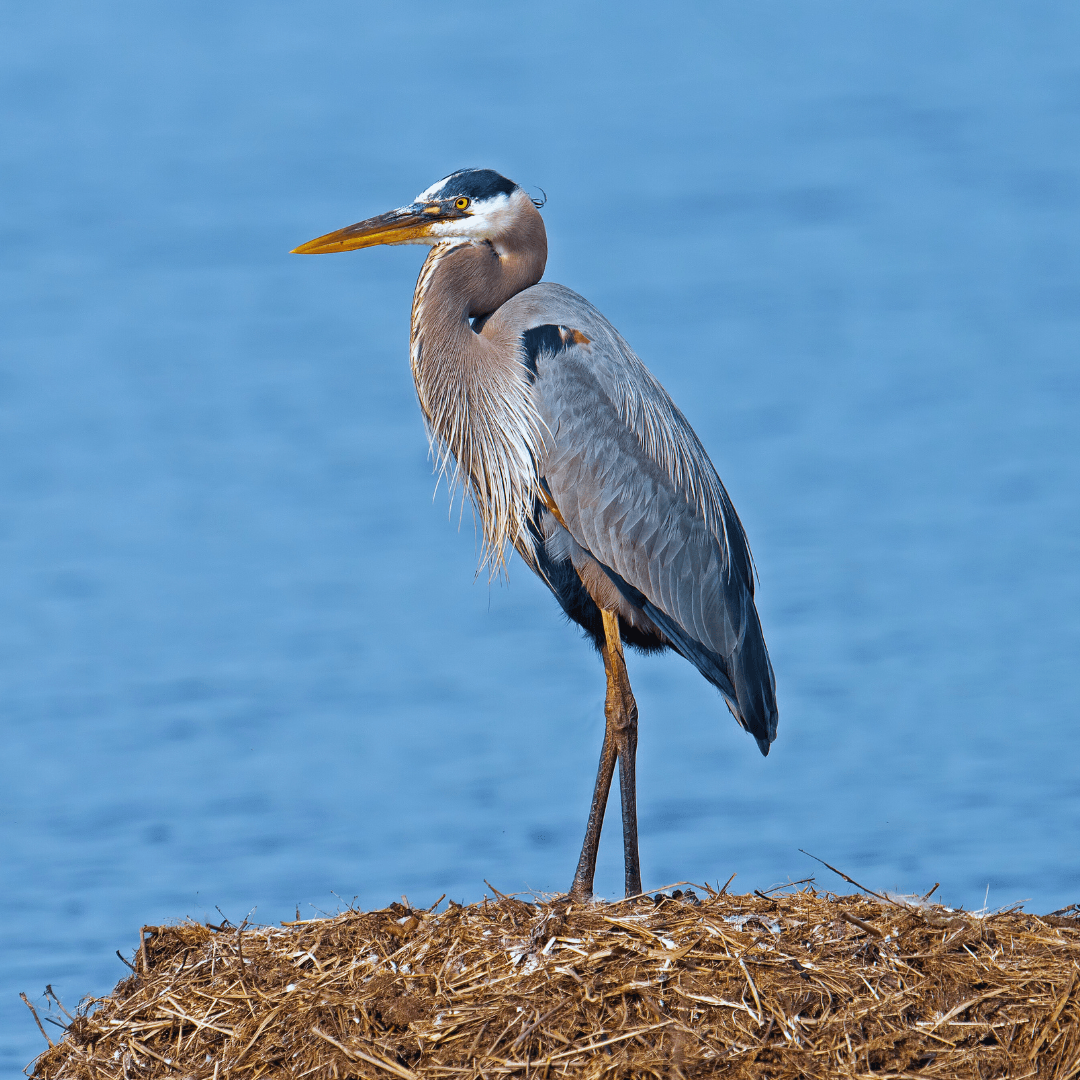
8. Flight Behaviour
Blue herons are strong and efficient fliers, capable of travelling long distances during migration or searching for food.
They fly with slow, deliberate wing beats, and their necks are retracted into an S-shape, characteristic of herons.
This flight pattern conserves energy, allowing them to cover great distances with minimal effort, essential for their migratory journeys and daily movements.
9. Vocalizations
While generally silent, blue herons use a range of vocalizations for communication, especially during the breeding season.
Their calls include croaks, squawks, and grunts, which serve various purposes, such as attracting mates, signalling alarm, or defending territory.
These vocalizations help maintain social structure within colonies and ensure effective communication between individuals.
10. Adaptability
Blue herons demonstrate remarkable adaptability to diverse environments, from pristine wetlands to urban areas with suitable water bodies.
Their ability to exploit different habitats and food sources underscores their resilience. Whether in remote wilderness or city parks, blue herons manage to find the resources they need to survive, making them one of the most successful and widespread wading birds.
Fun Facts About Blue Herons
Blue herons are majestic and come with a bag full of amusing quirks and fascinating traits. Dive into these 17 fun facts about blue herons to make you see these elegant birds in a new light!
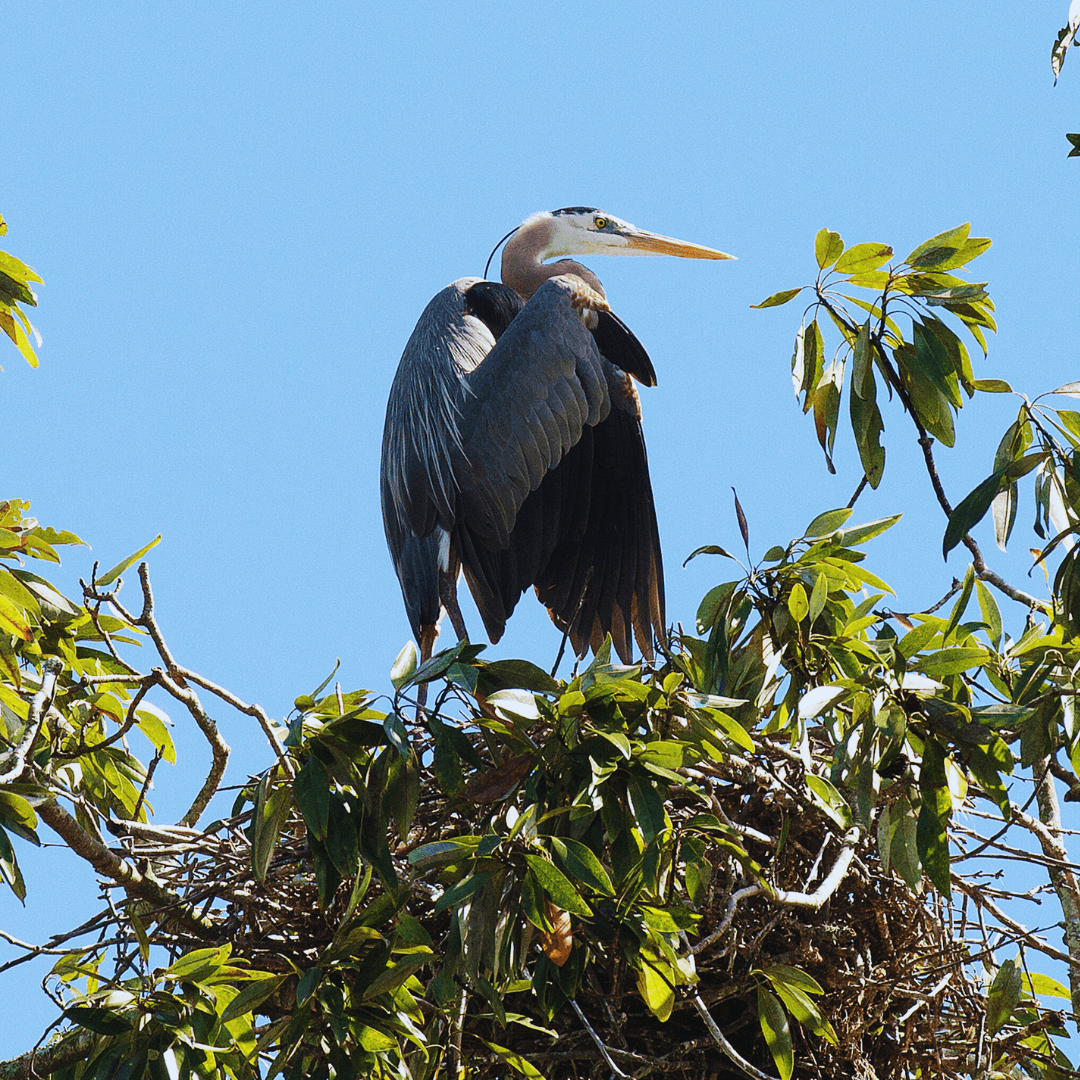
1. Master Statues
Blue herons can stand so still while hunting that you might mistake them for statues. They’re the ultimate experts in the “freeze tag” game, waiting motionless for the perfect moment to strike at their prey.
Their patience and stillness are so impressive you might think they’re meditating rather than hunting. Blue herons would win gold every time if there were an Olympic event for staying still!
2. Feather Fashionistas
Blue herons are always dressed to impress with their sleek, blue-gray feathers. They have a special grooming ritual that uses powder to keep their feathers clean and waterproof.
It’s like having a built-in dry shampoo and raincoat combo—talk about avian fashion innovation! Their grooming habits ensure they’re always ready for a close-up, whether in a nature documentary or a birdwatcher’s lens.
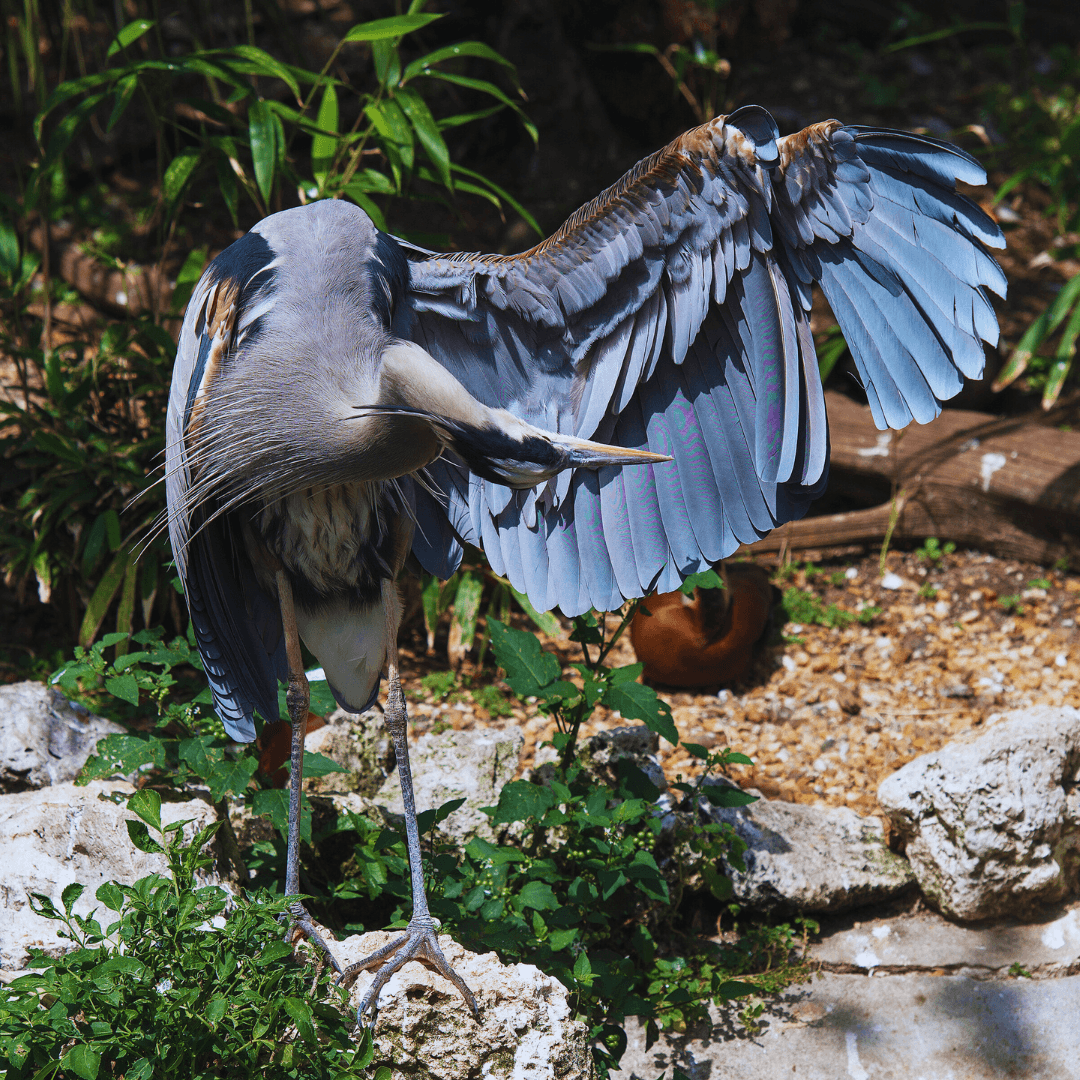
3. Yoga Experts
Blue herons could give yoga instructors a run for their money. They have incredible balance and flexibility, often seen standing on one leg for hours.
They’re the bird version of yoga masters, perfecting their tree pose while waiting for dinner to swim by.
Their impressive one-legged stance isn’t just for show; it helps them stay warm by reducing heat loss, making them graceful and practical.
4. Fast Food Lovers
These birds love their fast food—literally! Blue herons can strike their prey with lightning speed, often catching fish in a flash.
Their quick reflexes would put your local drive-thru to shame, and they never even need to wait for their meal to be cooked.
Their rapid-fire hunting skills make catching a fish look as easy as ordering a burger, and they get it fresh every time!
5. Big Bird Energy
With wingspans that can reach up to six feet, blue herons have some serious big bird energy.
They can make quite an entrance when they take flight, resembling a prehistoric creature more than a modern-day bird. Imagine seeing one of these majestic giants gliding gracefully overhead!
Their impressive wingspan not only aids in their effortless flight but also makes them look like the superheroes of the bird world.
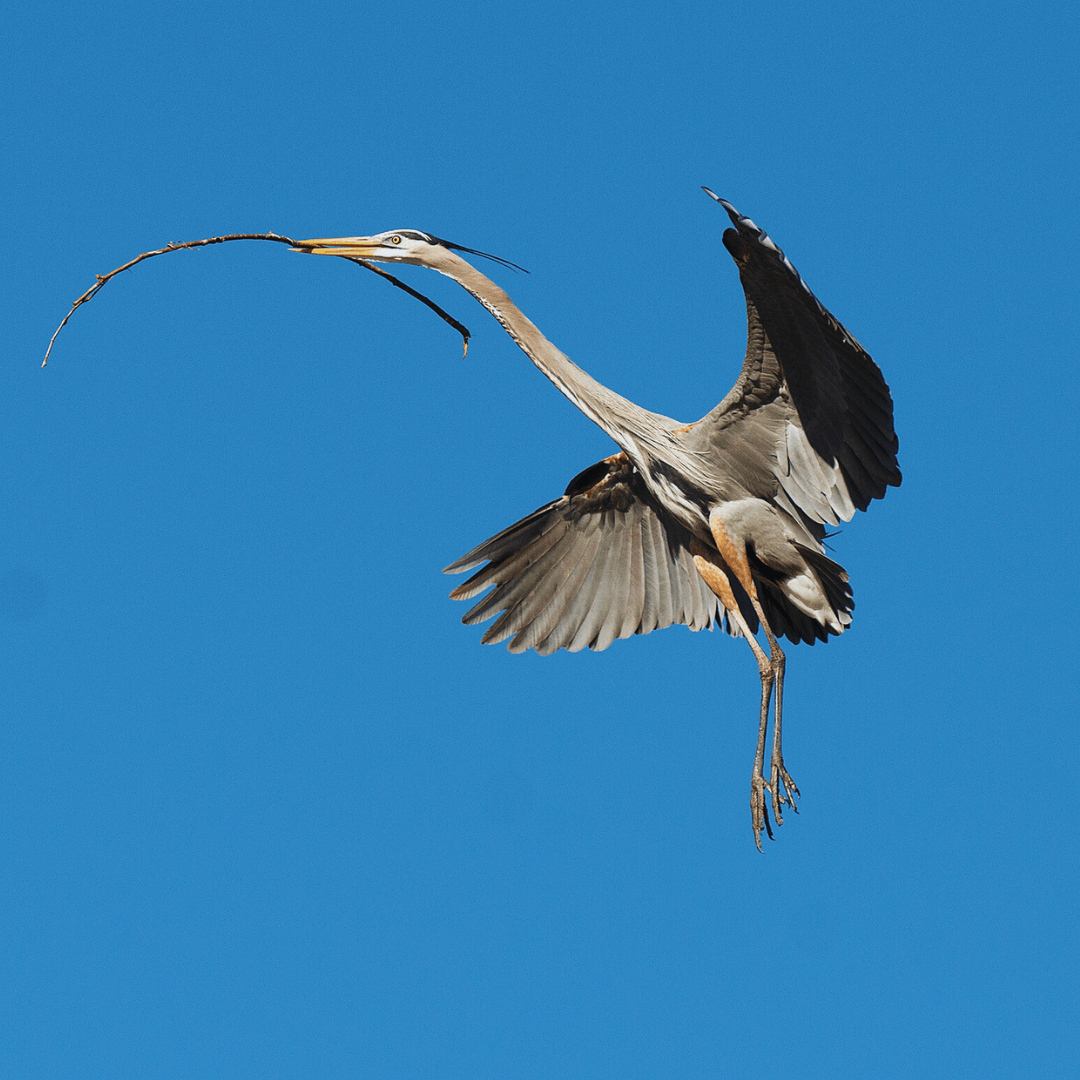
6. Frequent Flyers
Blue herons are avid travellers. Some migrate thousands of miles to find the perfect vacation spot or breeding grounds.
They avoid the cold by heading to warmer climates, proving that even birds can escape winter blues with a good trip south.
Their migratory journeys are like epic road trips, and they don’t even need GPS—they follow their instincts to the best bird-friendly destinations.
7. Built-In Sunglasses
These herons have a nifty trick up their wings—they can adjust the amount of light entering their eyes with a nictitating membrane that acts like built-in sunglasses.
This helps them see clearly underwater and hunt more efficiently. Talk about cool eyewear! Whether fishing on a sunny day or peering into murky waters, their built-in shades ensure they always have a clear view of their next meal.
8. Fancy Fishers
Blue herons use an impressive range of techniques when it comes to fishing. They can spear fish with sharp beaks or use their feet to stir the water and flush out hidden prey.
They’re like the MacGyvers of the bird world, always finding creative ways to catch their meal. With such a diverse fishing toolkit, they’re never left hungry and can adapt their methods to suit different prey and environments.
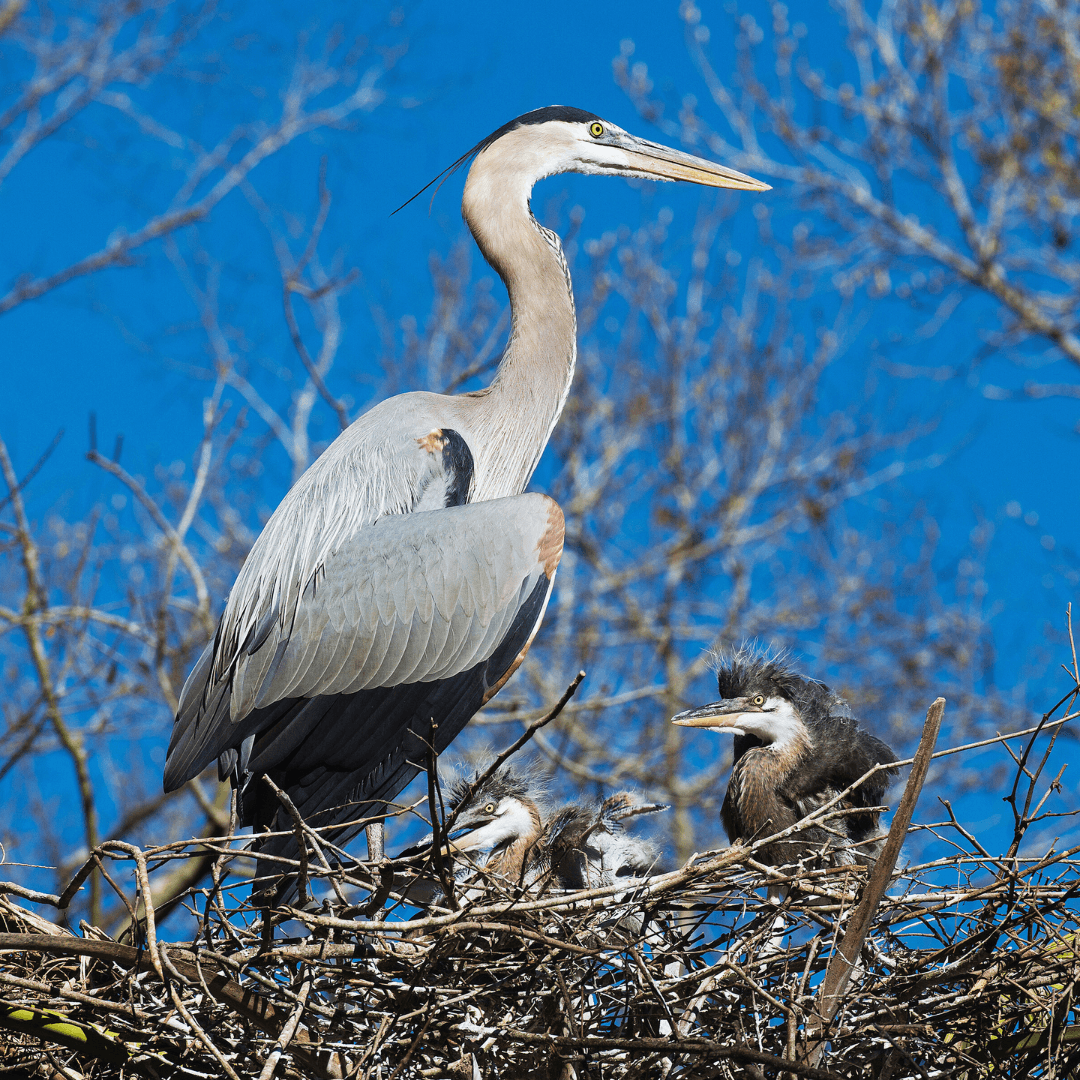
9. Tree House Enthusiasts
Blue herons build their nests high up in trees, often in colonies. These communal tree houses offer great views and safety from ground predators.
It’s like living in a high-rise apartment with all your friends—no need to worry about noisy neighbours or stray cats.
Their treetop nests provide a perfect vantage point to monitor their surroundings and ensure their chicks are safe from ground-level threats.
10. Long-Legged Beauties
Blue herons can wade deeper with their long legs than many other birds. These stilts make them excellent hunters and give them a runway model vibe.
They strut through wetlands like they own the place, showing off their impressive height. Their elegant stride and towering presence make them the supermodels of the bird world, turning heads wherever they go.
11. Fishy Diets
Blue herons are the ultimate seafood connoisseurs with a fish diet. However, they’re not too picky and eat frogs, small mammals, and even insects.
It’s like having a seafood buffet every day, with a side of whatever else happens to be hopping by. Their varied diet ensures they get all the necessary nutrients, making them versatile and opportunistic feeders.
12. Silent Stalkers
These birds are masters of stealth, moving slowly and silently through the water to avoid scaring off their prey. If they were ninjas, they’d be the best in the bird world, sneaking up on fish and frogs with the precision of a feathered shadow.
Their stealthy approach allows them to get close enough to their prey for a quick and decisive catch, making them formidable hunters.
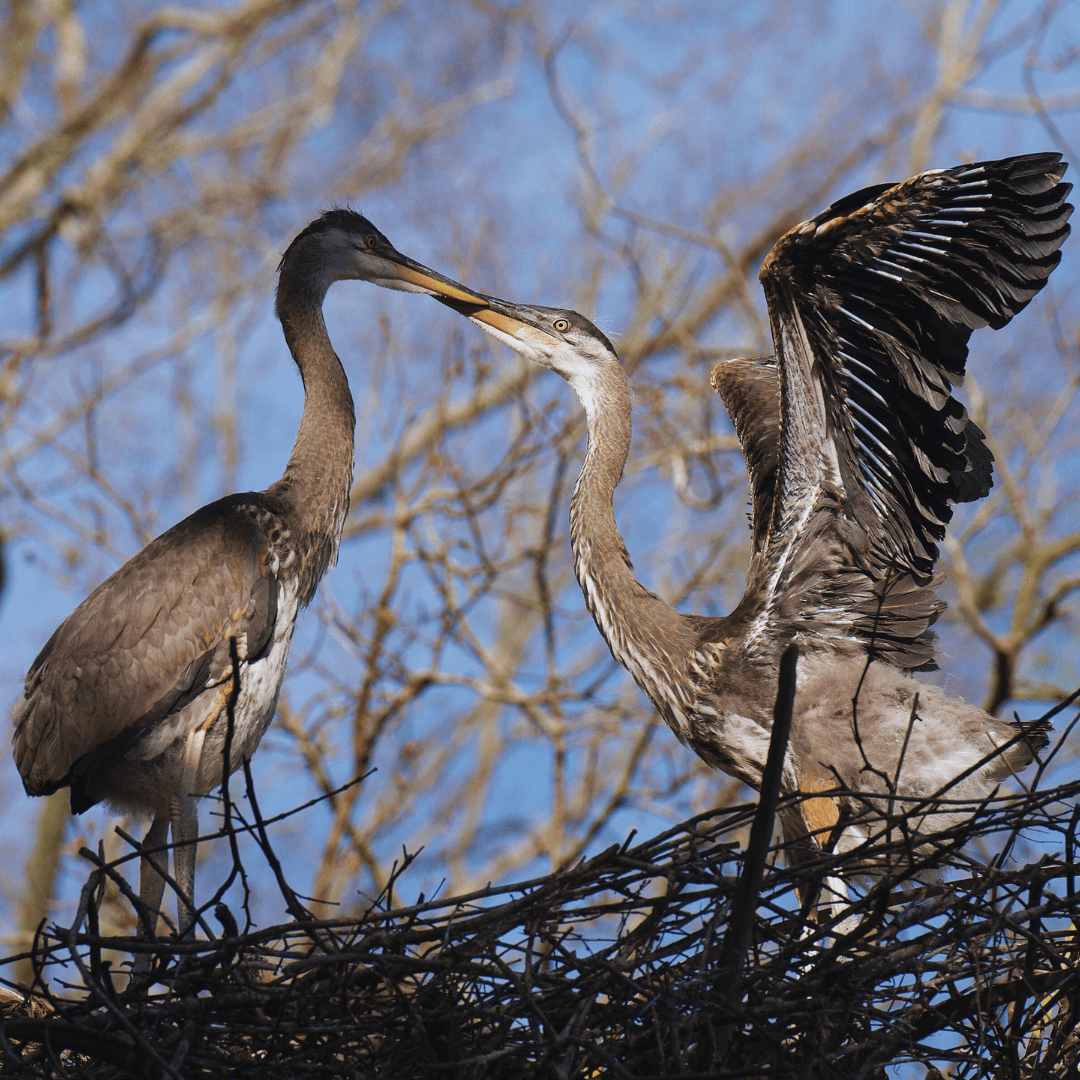
13. Frog Snatchers
Frogs beware—blue herons are known for snatching amphibians right off lily pads. They’re why frogs might have nightmares, swooping down with their long beaks to catch an unsuspecting snack.
It’s a real-life game of Frogger, but the herons always win. Their amphibian-hunting skills add another layer to their diverse diet and show their adaptability in catching various types of prey.
14. Chill Mornings
Early risers might glimpse blue herons hanging out in the morning mist. These birds often start their day by preening and stretching, preparing for a long day of fishing.
It’s like a serene morning yoga session by the water, minus the yoga mat. Their peaceful morning routines set a calm tone for the day ahead, ensuring they’re ready for whatever the day brings.
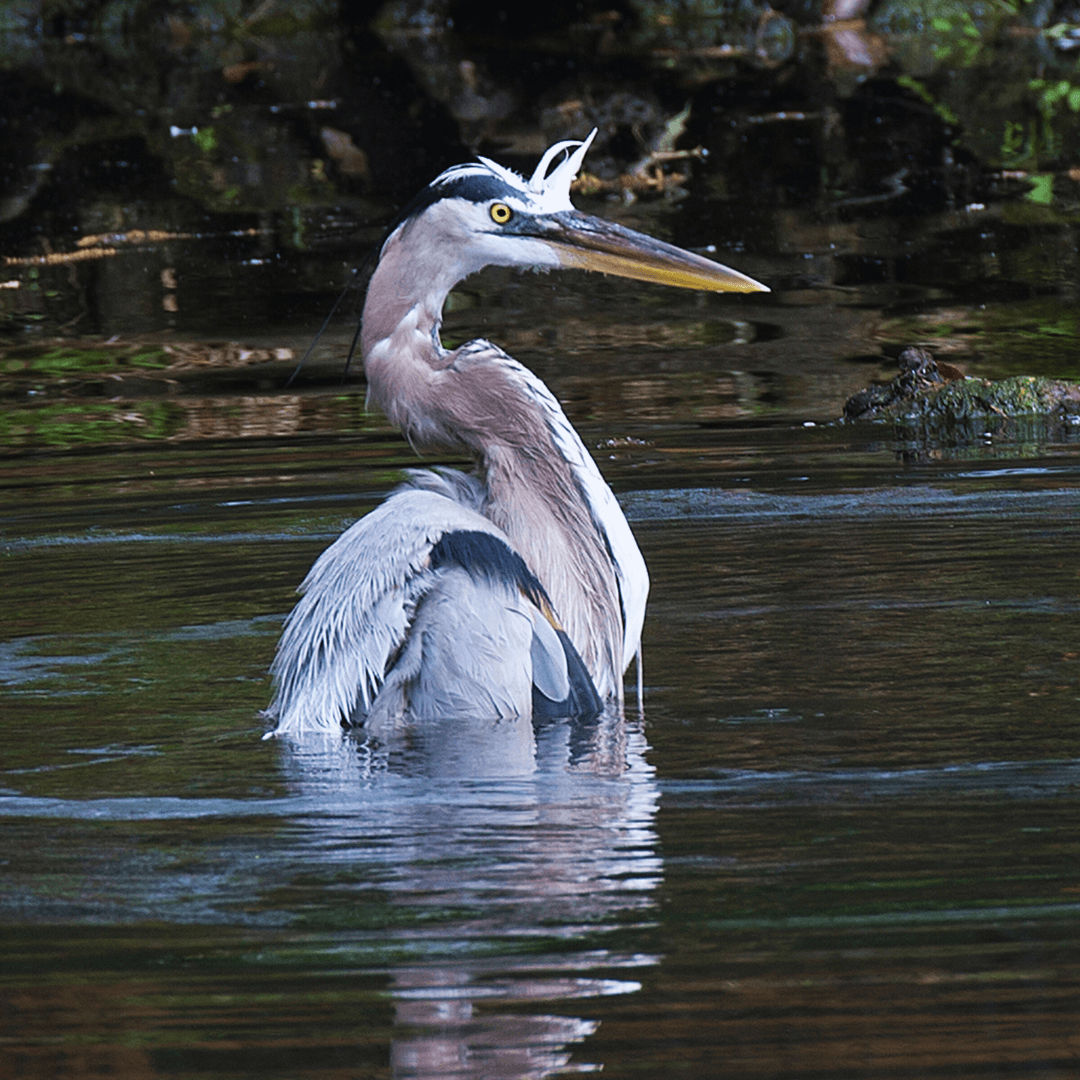
15. Feather Dusters
Blue herons have special powder-down feathers to keep their plumage clean. They constantly preen, spreading the powder to remove fish slime and other gunk.
It’s like having a built-in feather duster, ensuring they always look their best. Their meticulous grooming habits keep their feathers in top condition, which is crucial for insulation and waterproofing, and ensure they’re always camera-ready.
16. Expert Gliders
Blue herons are expert gliders with large wings, often seen soaring gracefully above wetlands.
They use thermal currents to stay aloft with minimal effort, conserving energy while scouting for new fishing spots.
It’s like they’re taking a leisurely Sunday drive in the sky. Their graceful gliding looks impressive and helps them cover large areas without expending too much energy.
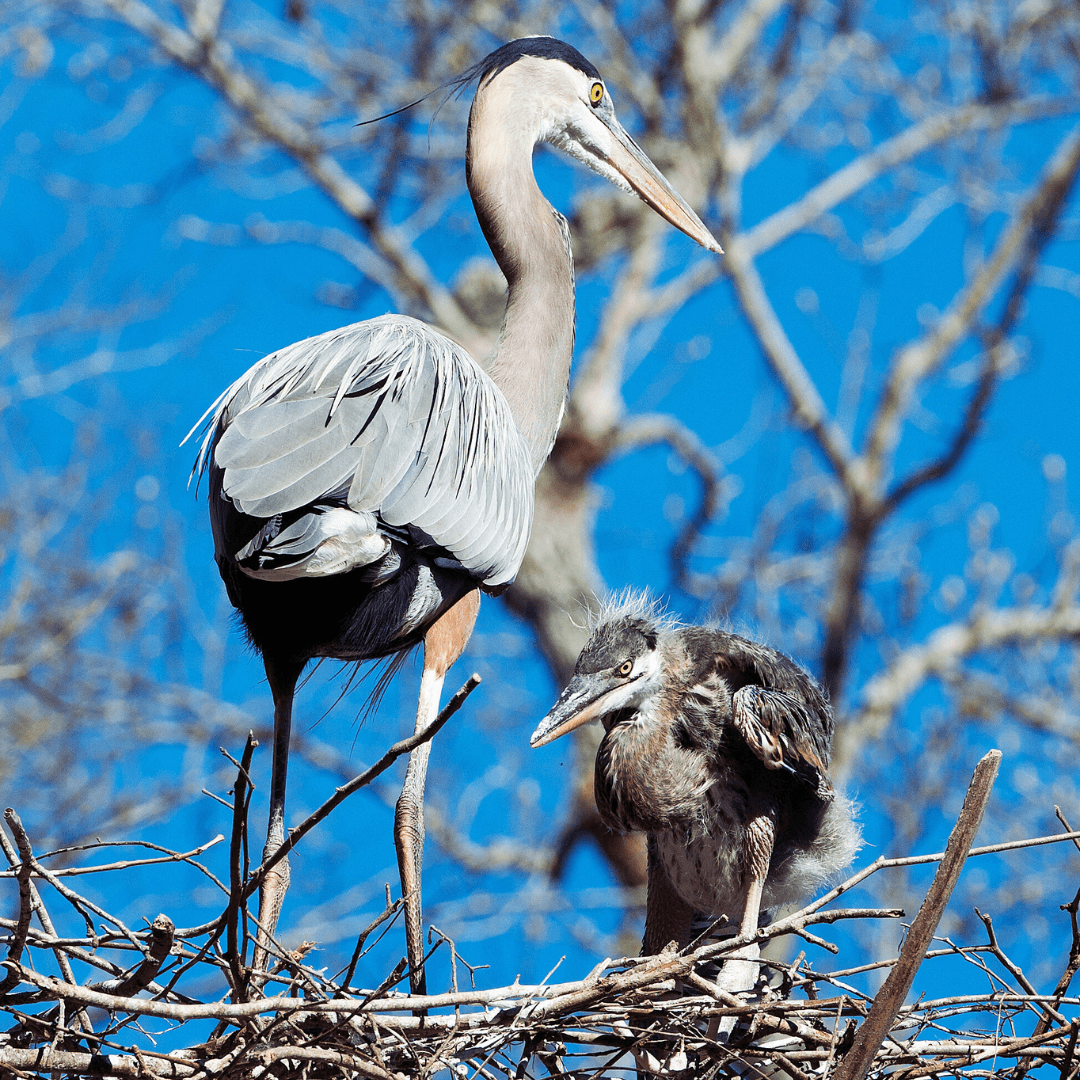
17. Longevity Champions
Blue herons can live up to 15 years or more in the wild. With such a long lifespan, they’ve got plenty of time to perfect their hunting skills, raise multiple broods of chicks, and enjoy the scenic views from their treetop nests.
It’s a bird’s life, and they’re living it to the fullest! Their impressive longevity ensures they play a significant role in their ecosystems for many years.
Conclusion
In conclusion, blue herons are remarkable birds with elegance, adaptability, and amusing quirks. From statue-like hunting skills and stylish feather maintenance to impressive migratory journeys and versatile diets, these avian wonders never fail to captivate.
Their fascinating behaviours, from silent stalking to expert gliding, make them a delight to observe.
Whether you’re a bird enthusiast or simply curious, exploring these fun facts about blue herons offers a glimpse into the extraordinary lives of these majestic creatures.
Dive into the world of blue herons and discover why they’re a favorite among birdwatchers and nature lovers alike!
I trust you enjoyed this article on the Fun Facts About Blue Herons. Please stay tuned for more blog posts soon. Take care!
JeannetteZ
Your Opinion Is Important To Me
Do you have thoughts, ideas, or questions? I would love to hear from you. Please leave me your questions, experiences, and remarks about this article, Fun Facts About Blue Herons, in the comments section below. You can also email me at Jeannette@Close-To-Nature.org.
Disclosure
This post may contain affiliate links. As an Amazon Associate and other affiliate programs, I earn from qualifying purchases at no extra cost to you. Please read my full affiliate disclosure.
You might also enjoy these blog posts:
A Comprehensive List Of Duck Types
Fun Facts About The Northern Cardinal
Interesting Facts About Mourning Doves



